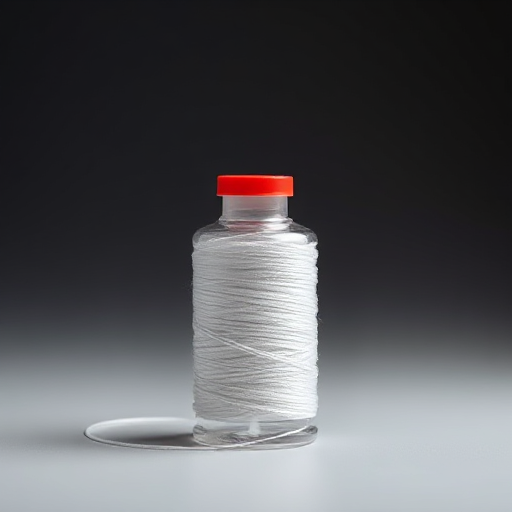Recycling Plastic Bottles into Clothing Polyester: A Step-by-Step Process and The Environmental Benefits
In recent years, the fashion industry has taken significant strides in becoming more sustainable, with one of the most notable innovations being the recycling of plastic bottles into polyester fabric. This process reduces waste and offers an eco-friendly alternative to traditional textile production. In this blog post, we’ll explore how plastic bottles are transformed into clothing, the environmental benefits of recycling them, and why we need to make the shift.
The Step-by-Step Process of Recycling Plastic Bottles into Polyester Fabric
- Collection and Sorting: The first step in the recycling process is the collection of plastic bottles, often sourced from beverage containers such as soda, water, or juice bottles. These bottles are collected from curbside recycling bins, drop-off centers, or other waste management systems. After collection, the bottles are sorted to ensure that only PET (Polyethylene Terephthalate) plastic, the type commonly used for beverage bottles, is used in the process. It is important to sort the different plastics because mixing other plastics into the system can result in serious malfunction. This is because different plastics melt to different fluid consistency at different temperatures, meaning that they can’t be extruded at the same time or adhere to each other well.
- Cleaning and Shredding: Once the bottles are sorted, they are cleaned to remove any labels or caps. Then the bottles are washed to remove any contaminants. This is an essential step to ensure the purity of the recycled material. The cleaned bottles are then shredded into small plastic flakes.
- Melting and Extrusion: The shredded plastic flakes are then heated and melted down into pellets, which offer more consistent melting and better flow for extrusion. Once in a molten state, the plastic pellets are extruded through a small die called the spinneret—a device that forms long fibers. These fibers are cooled and solidified, turning into long, thread-like filaments.
- Spinning into Yarn: The fibers are spun into polyester yarn. This yarn can be used just like any other polyester thread, and it is woven into fabric. Depending on the desired texture and quality, the yarn can be processed further into a soft, wearable material.
- Manufacturing Clothing: The polyester fabric made from recycled plastic bottles is then used by designers and manufacturers to create clothing items, such as t-shirts, jackets, and athletic wear, even shoes. The end product looks and feels just like any other polyester garment but is made from recycled materials.
Environmental Benefits of Recycling Plastic Bottles into Clothing
Recycling plastic bottles into polyester has several key environmental advantages:
- Reduction in Plastic Waste: By repurposing plastic bottles, the amount of plastic waste that ends up in landfills or the ocean is significantly reduced. It’s estimated that a single t-shirt made from recycled plastic bottles can divert approximately 10 plastic bottles from landfills.
- Energy Savings: Recycling plastic into polyester fabric uses less energy compared to producing virgin polyester, which requires more resources for extraction and processing. This reduces the overall carbon footprint associated with clothing production.
- Less Dependency on Fossil Fuels: Polyester, whether made from recycled or virgin plastic, is derived from petroleum-based products. However, recycling plastic bottles lessens the need for extracting and refining new petroleum, which in turn conserves natural resources.
Why is it Important: The Dangers of Plastic Waste When Not Recycled
Despite the benefits of recycling, the global plastic waste crisis is far from solved. Each year, millions of tons of plastic bottles and other plastic waste end up in landfills, oceans, and rivers. This contributes to a range of environmental problems:
- Ocean Pollution: Plastic waste in oceans harms marine life, as animals ingest or become entangled in plastic debris. It’s estimated that by 2050, the oceans could contain more plastic than fish by weight if current trends continue.
- Landfill Overflow: Plastic bottles take hundreds of years to decompose in landfills, leading to overcrowded waste sites that can leach harmful chemicals into the soil and water.
- Microplastics: When plastic waste breaks down, it forms microplastics that can contaminate water supplies and enter the food chain, posing risks to human health and wildlife.
Conclusion
Recycling plastic bottles into clothing polyester is a brilliant way to reduce plastic waste while creating functional, stylish apparel. However, to truly address the growing plastic crisis, it’s essential that more plastic is recycled and less is disposed of irresponsibly. By supporting brands that use recycled materials and advocating for better waste management practices, we can all contribute to a cleaner, more sustainable future.

